Blacksmithing: The History of the "Mysterious Craft"
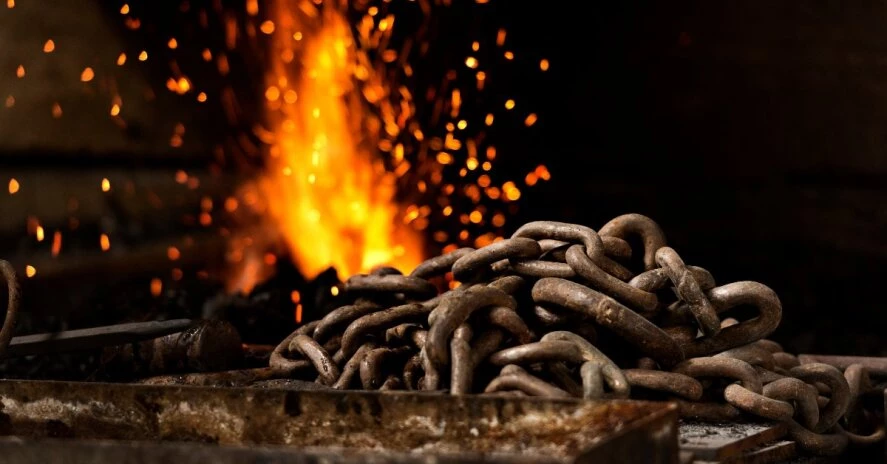
Blacksmithing has accompanied the humankind for thousands of years. But it has evolved greatly over that time. How has the blacksmithing craft change over the centuries? And how to properly maintain hand-forged items and avoid leaving irreversible damage? Read on to find out the most interesting bits and pieces from the history of blacksmithing.
Contents
Although they were mostly dirty and smelly, blacksmiths were held in high esteem in society. They were considered not only very useful, but also somewhat mysterious.
They were one of the few who could tame the fire, which people in the earliest times approached with awe and humility. Because of their ability to work with fire, blacksmithing came to be known as the "mysterious craft". In villages and towns, they played - and in some cases still play - an indispensable role.
It (All) Begins With a Meteor…
Our ancestors first experimented with metalworking several thousand years ago. The earliest evidence of human attempts at metallurgy dates back to the 3rd millennium BC. In Mesopotamia, daggers and other, often religious, objects have been found made from materials that were probably originally meteorites.
There was a considerable boom of blacksmithing in the 12th century BC in Asia and also in southern Europe. This period is aptly referred to as the Iron Age. In the Hallstatt period, the use of iron also developed, and the craft of blacksmithing evolved along with it.
In antiquity, there were several nations whose members were considered to be skilled blacksmiths. In the early Iron Age, it was the Celts. The blacksmithing trade also contributed to the growth and rise of the Roman Empire, as the quality of weapons often determined the army’s success on the battlefield.
DID YOU KNOW... many historic forges have been preserved to this day thanks to the efforts of preservationists? One example is the blacksmith's shop in Těšany (Brno, Czech Republic). The local tour explores the local forge, which was part of the noble court in the Middle Ages.
The blacksmiths were simply considered accomplished experts. They produced not only armour and weapons, but also various tools, practical items and artwork. In the Slavic culture of the early Middle Ages, blacksmiths were even considered the protectors of villages against the evil spirits.
Traditional Forging Techniques and the "Golden Age" of Blacksmiths
The greatest rise of blacksmithing took place in the Baroque period (from about the middle of the 17th century). Artistic blacksmiths also began to appear more frequently in this era.
In late Baroque, there was a growing demand for decorative forged items, popular within the ornate and elaborate Baroque culture. The techniques of plating, riveting and welding became popular blacksmithing methods.
At the end of the 18th century, classical blacksmithing began to decline, facilitated by the industrial boom and factory production, which made the mass production of goods possible. The following centuries did not bring a fundamental change either.
It was only in the last decades of the 20th century that some changes began to take place and the demand for hand-forged items began to slowly increase.
How to Maintain Your Forged Products
Forged products have a special charm that will last if you maintain them properly. However, lack of maintenance can soon take its toll on the items, needlessly reducing their value.
Wrought iron products without a finish corrode quickly, especially when placed outdoors, where they are exposed to adverse weather conditions and dirt. It is important to clean forged products and apply a protective coating to them once in a while.
1. Removal of rust and minor impurities: For minor stains, a cotton cloth and soapy water will do the trick.
More resistant dirt can be removed with a wire brush. The brush will not damage the steel, at most it will scratch the surface slightly. However, these minor scratches will soon be covered by surface treatment or a new layer of rust. However, even natural rust can be used as a kind of surface treatment. A layer of rust on the surface slows the penetration of corrosion into the greater depth of the steel. This is especially true for more demanding cleaning techniques - for example pickling, where surface defects and impurities are removed using hydrochloric acid.
DID YOU KNOW... sandpaper can also be used to clean the surface? This maintenance method is used, for example, for brass door handles or door knockers. Sandpaper will also leave the surface nice and smooth. Finer grit sandpapers are used for smoothing of, for example, painted surfaces; coarser grit sandpapers are more suitable for removing resistant varnish and impurities on the surface.
2. Application of protective coating: After cleaning (e.g. with a sandblasting nozzle), a protective coating should be applied to forged objects to prevent surface corrosion and extend their durability. In order to preserve the “patina” (a thin layer produced by the oxidation of metals), forged products can be painted with a thin layer of wax or a special paint (blacksmith's black paint), which gives forged items a characteristic matt appearance.
Artistic Blacksmithing Is on the Rise. Don’t Stay Behind!
At the beginning of the third millennium, many traditional crafts are going through a renaissance! In addition to artistic locksmithing or plate armour making, there is also a growing interest in hand-forged products.
Metal bells, forged fireplace tools, candle holders and other interesting items that add a rustic touch to the outside and inside of the house are just a few examples.
Natural materials and handmade goods are now once again becoming popular.
If you too are a fan of craftsmanship, take a look at the hand forged products in our product portfolio. Check out our unique forged masterpieces that will decorate any interior and instantly give your home a unique, historical touch!

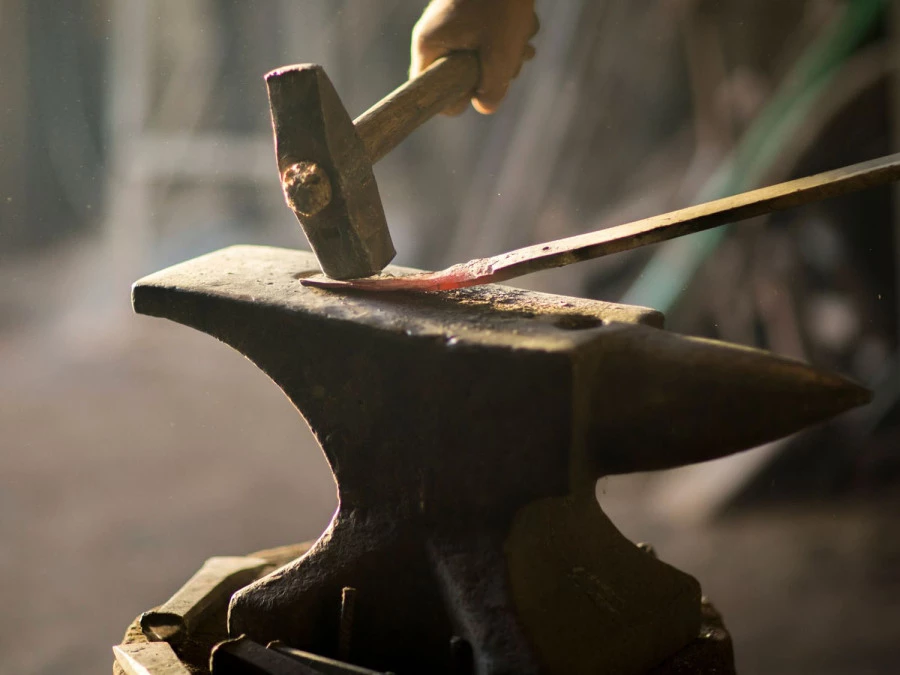
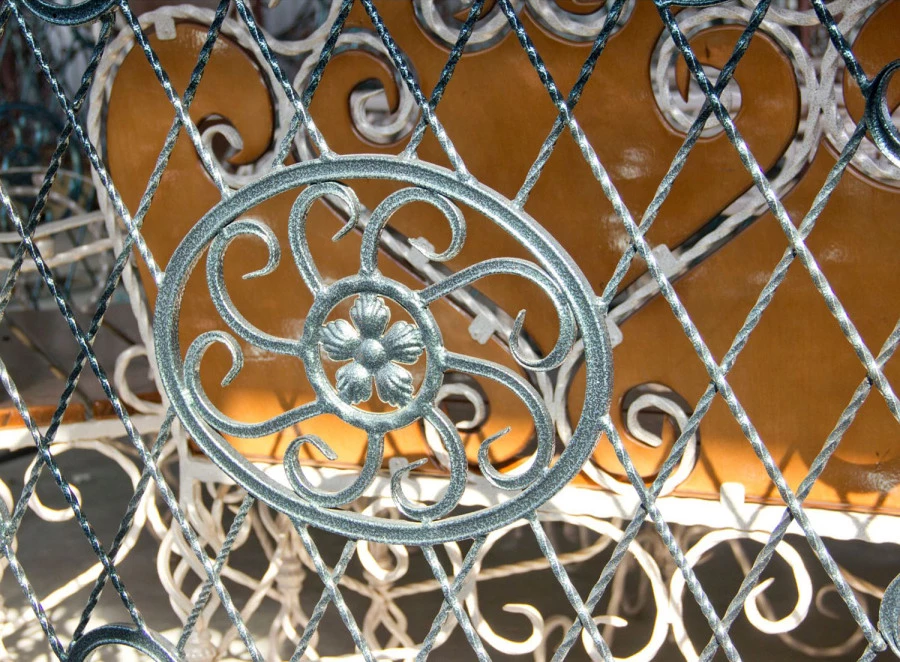
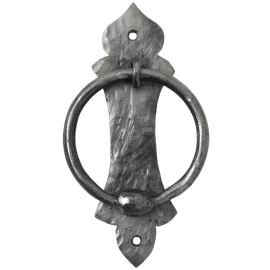
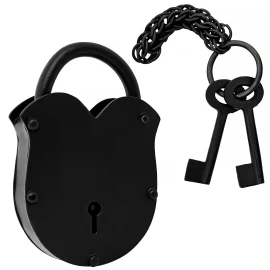
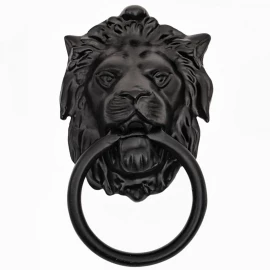

Comments